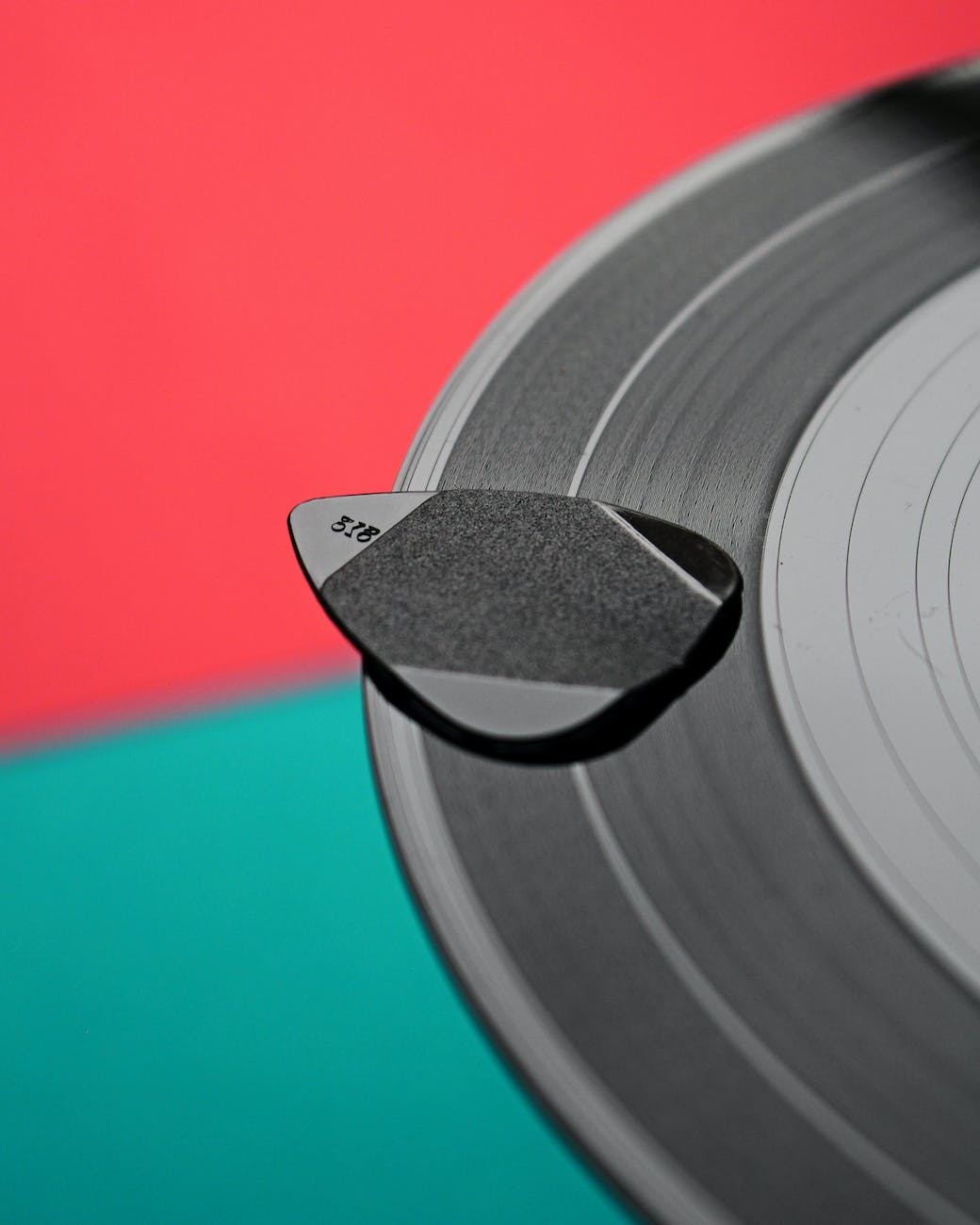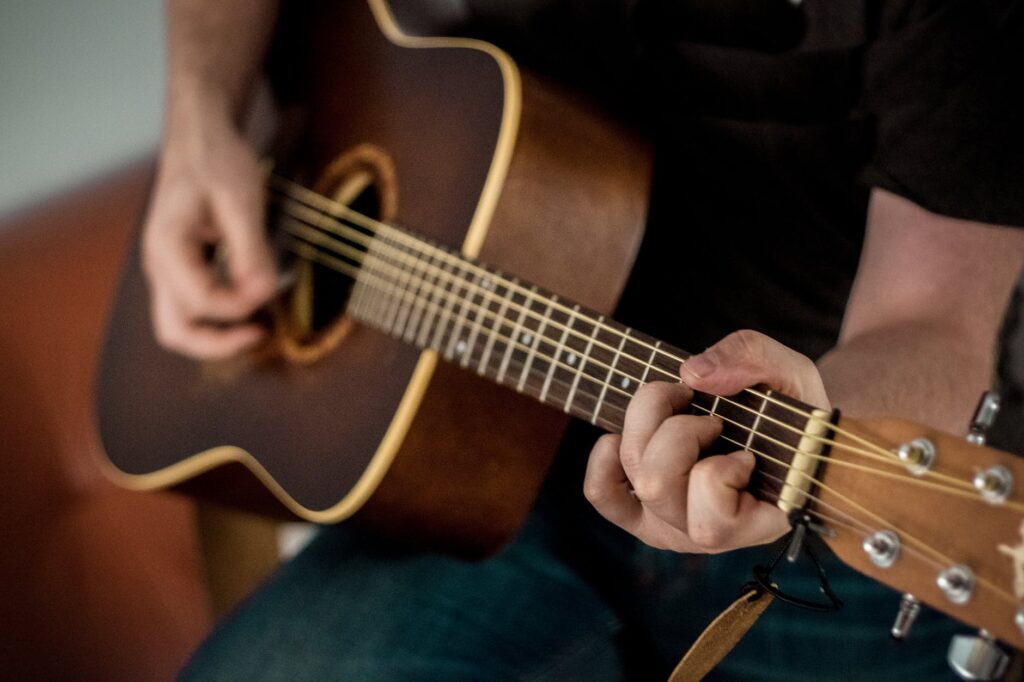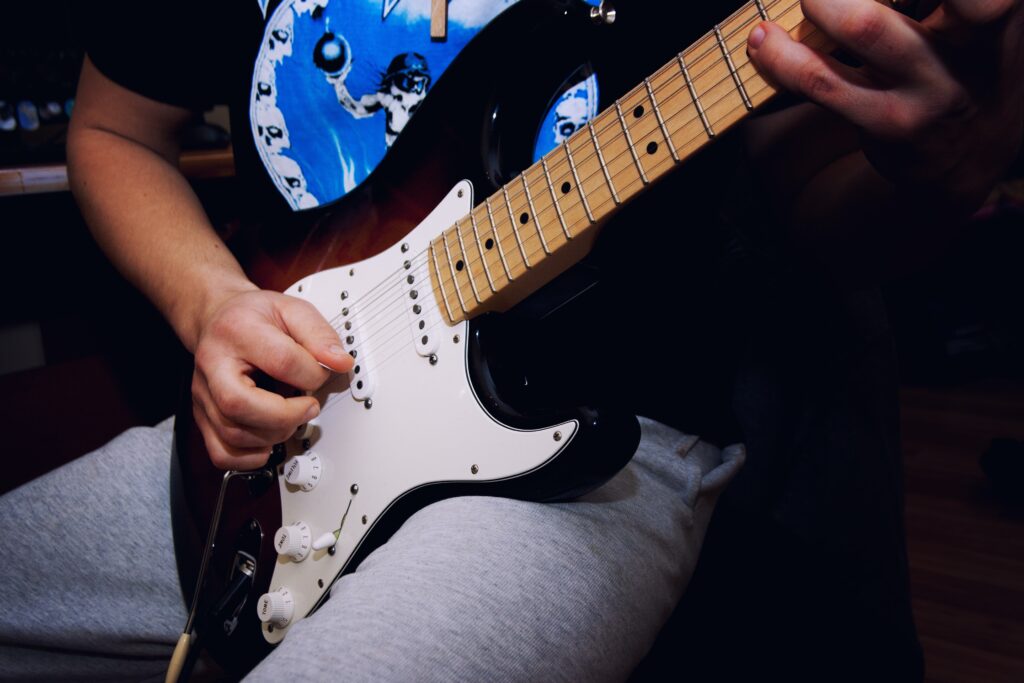
Improving your picking speed on the guitar can take time and practice, but it’s worth it to be able to play faster and to be able to express yourself more freely. Here are five points to consider when working on your picking speed:
Start Slow and Gradually Increase Speed
The first step to improving your picking speed is to start slow. This may seem counterintuitive, but it’s important to build a strong foundation before increasing your speed. Begin by playing a simple exercise or song at a slow tempo and gradually increase the speed as you become more comfortable with it. This will help you develop muscle memory and accuracy in your picking technique. Trying to play too fast too soon can lead to mistakes, frustration, and bad habits.
Practice Alternate Picking
Alternate picking is a technique where you alternate between picking up and down with your picking hand. It’s one of the most efficient ways to play fast, as it allows you to maintain a consistent tempo while minimizing unnecessary movement. To practice alternate picking, start with a simple exercise such as playing a scale up and down, focusing on playing each note with a down-up motion. As you become more comfortable, gradually increase the speed.
A guitar player that is known for being extremely proficient in using alternate picking is Paul Gilbert, check this out!
Use a Metronome
A metronome is a valuable tool for developing your picking speed. It helps you maintain a consistent tempo, which is essential when playing fast. Start by setting the metronome to a slow tempo and practice playing a simple exercise or song at that speed. As you become more comfortable, gradually increase the tempo. The goal is to play accurately and smoothly, without rushing or slowing down.
Focus on Accuracy and Consistency
While it’s tempting to focus solely on speed when practicing, accuracy and consistency are just as important. To improve your picking speed, you need to be able to play fast and accurately. Make sure you’re hitting each note cleanly and with the correct timing. If you find yourself making mistakes, slow down and focus on playing the passage correctly before increasing the speed. Consistency is also important – try to maintain the same tempo throughout a piece or exercise, rather than slowing down or speeding up in different sections.
Experiment with Different Picking Techniques
There are several different picking techniques you can use to play fast, and different techniques work better for different players. Experiment with different picking styles, such as sweep picking, economy picking, or hybrid picking, to see which one feels most comfortable for you. Keep in mind that each technique requires a different approach and may take time to master, so be patient and persistent.
Bonus Tips
In addition to these five points, there are a few other tips to keep in mind when working on your picking speed:
- Relax your picking hand: Tension in your picking hand can slow you down and lead to mistakes. Make sure your hand is relaxed and comfortable, and avoid gripping the pick too tightly.
- Practice with a clean tone: Playing with distortion or other effects can mask mistakes and make it difficult to hear what you’re playing accurately. Practice with a clean tone to ensure that you’re playing each note cleanly and with the correct timing.
- Take breaks: Practicing for too long can lead to fatigue and decreased accuracy. Take regular breaks to rest your hands and give your brain a chance to process what you’ve been practicing.

